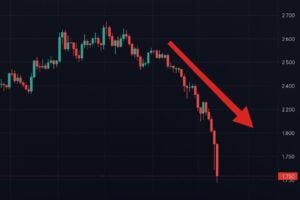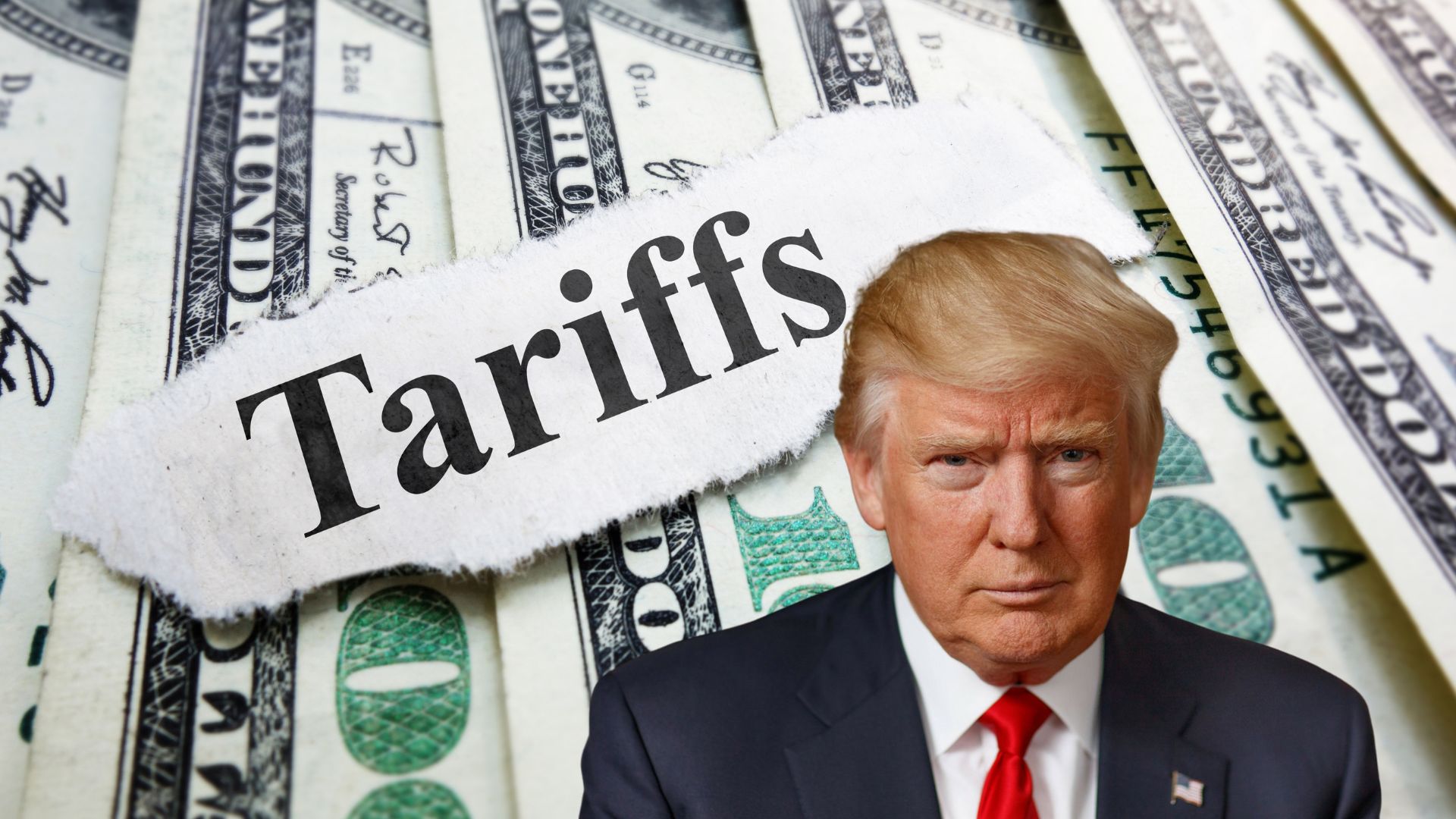
Yesterday, Nansen published a report by Aurelie Barthere titled “Surviving Liberation Week” in which, among other things, it also addresses the issue of the decline in the crypto market.
The report actually analyzes the American market with particular attention to the current situation, so much so that it has been titled “Surviving Liberation Week” because the current week could be crucial, given the “Liberation Day” proposed by Trump.
Analysis and comments on the Nansen report
The report by Nansen begins by focusing precisely on the current week, described as “turbulent” for the financial markets.
In fact, in addition to Liberation Day, that is today, during the week there will also be publications of important economic data and political developments.
The author of the report, Aurelie Barthere, is the lead research analyst at Nansen, and with this analysis provides a data-driven perspective on how these events could impact the bull and bear markets of criptovalute and the global ones.
The key points of the report are five.
The first, of course, is the details on the tariffs that will be introduced today by the Trump administration.
The second, connected to the first, concerns the slowdown of growth in the USA, specifically whether it is destined to continue in the coming months or not.
The third, connected to the second, concerns the U.S. labor market, which is currently strong but could experience a downturn in the coming months.
The fourth is related to the speech on Friday by Fed Chairman Jerome Powell, which could provide clues on the possibility that the markets have exaggerated in assuming three Fed rate cuts by the end of the year.
The last point concerns precisely the possible bottom of the crypto markets.
The crypto markets: are we close to the bottom?
According to Aurelie Barthere, there would be a good 70% probability that the scenario of a bottom in cryptocurrency prices between April and June will be confirmed.
The report states that there would be various signals confirming such a scenario.
Note that it is not only Barthere of Nansen who has put forward this hypothesis, which has been circulating for a few weeks and is shared by several analysts.
In this case, the novelty lies in the fact that it is no longer just a theoretical hypothesis, but a hypothesis that seems to be confirmed at 70% by various signals that are emerging these days.
Beyond that, it should be remembered that often in years when the first half on the markets shows some difficulties, in the second half the trend then reversed. Furthermore, in 2017, which was the first year of Donald Trump’s first term in the White House, the great bull run crypto restarted at the end of April, and not before.
There are no clear data that allow us to establish with certainty the date of the possible 2025 bottom of the crypto markets, but there are several forecasts that place it precisely between April and June.
Barthere adds that BTC and ETH are currently trading at 15% and 22% below their annual highs, respectively, and that in light of all these data, the upcoming discussions will serve as crucial market indicators. He also notes that the trading volume on Solana’s DEX has decreased by 10% last week, while the liquidity of stablecoins remains stable, indicating a cautious market sentiment.
“`htmlThe USA markets
“`A lot will depend on the USA markets.
This week the focus seems to be entirely on the tensions generated by Trump’s foreign trade policy (i.e., tariffs), and on market volatility.
According to Barthere, today’s announcements on reciprocal tariffs could even introduce further uncertainty, also because in reality the markets would be waiting for potential concessions on different commercial sectors.
To this must be added the data coming out on Friday on the labor market, key indicators of economic momentum. A figure on non-farm payrolls between 139,000 and 191,000, along with an unemployment rate below 4.3%, could indicate a stable labor market. Instead, a low ISM Manufacturing PMI could indicate recession risks.
Finally, also on Friday, Powell’s speech will provide fundamental indications on rate policy, especially since the market remains sensitive to any change in tone, particularly regarding the persistence of inflation.

 1 day ago
10
1 day ago
10









 English (US) ·
English (US) ·